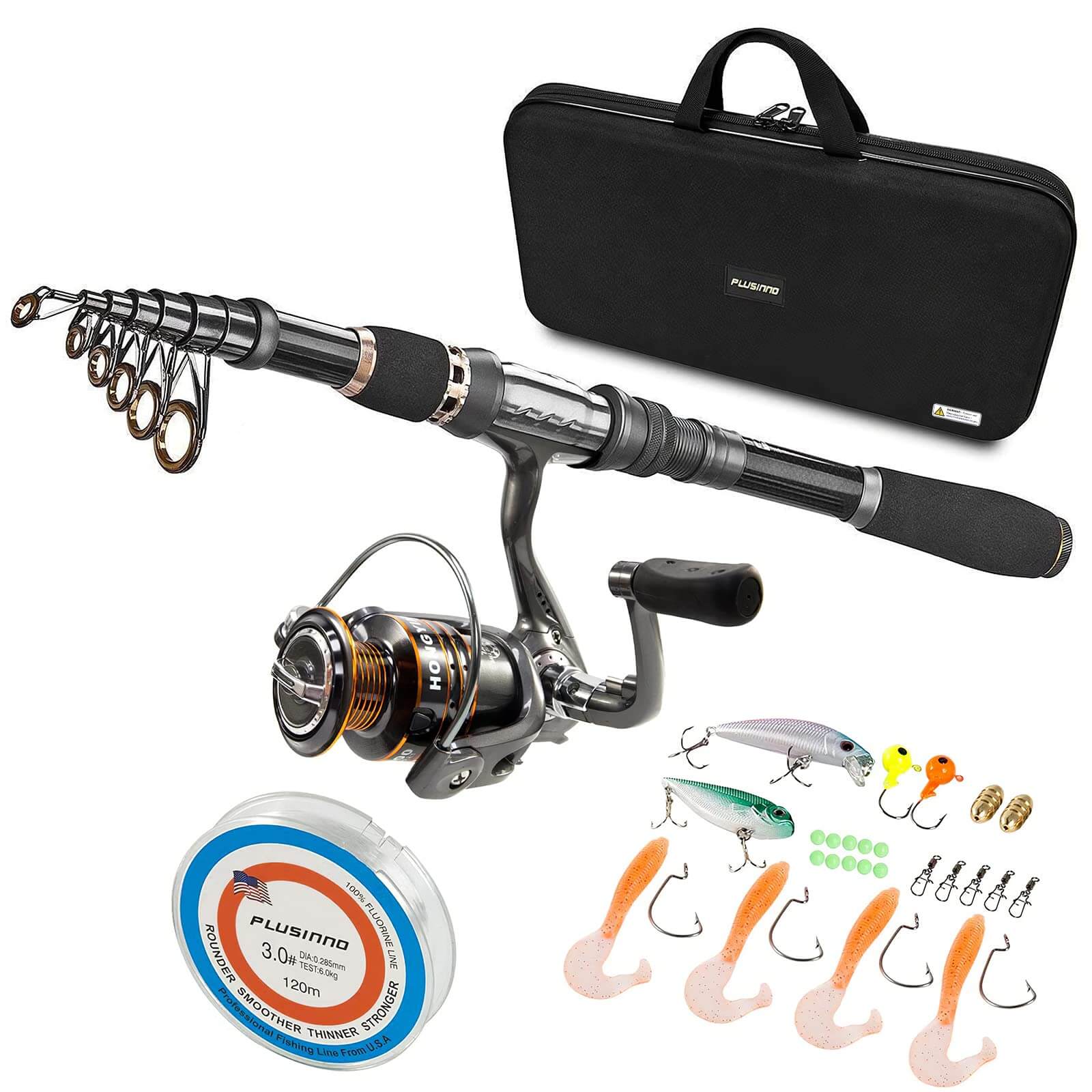While it may seem like a straightforward concept, there is much more to it than meets the eye fishing rod and reels.
Are you an avid fisherman or someone looking to try out a new hobby? Fishing can be a relaxing and rewarding activity that allows you to connect with nature and enjoy the thrill of catching fish. One essential tool for any angler is a fishing rod and reel. In this article, we will explore everything you need to know about fishing rods and reels, from their components to different types and techniques.
Understanding Fishing Rods and Reels: The Basics
A fishing rod is a long, flexible rod used to cast and retrieve a fishing line. It is typically made of lightweight materials such as graphite or fiberglass, which provide strength and sensitivity. The fishing reel, on the other hand, is a cylindrical device attached to the fishing rod that holds and releases the fishing line. It consists of a spool, handle, and various mechanical components. Together, the fishing rod and reel allow anglers to cast their lines and reel in fish.
Components of Fishing Rods and Reels
Before delving into the intricacies of fishing rods and reels, let's familiarize ourselves with their key components:
- Rod Blank: The main shaft of the fishing rod, typically made of graphite or fiberglass.
- Guides: Circular or oval-shaped rings attached to the fishing rod, which guide the fishing line during casting and retrieving.
- Reel Seat: The part of the fishing rod where the reel is attached, usually made of graphite or metal.
- Handle: The grip of the fishing rod, which can be made of various materials such as cork or EVA foam.
- Reel Body: The main housing of the fishing reel, which contains the spool and other internal components.
- Drag System: The mechanism that controls the resistance on the fishing line when a fish pulls on it.
Different Types of Fishing Rods and Reels
There are several types of fishing rods and reels available, each designed for specific fishing techniques and target fish species. Here are a few examples:
Spinning Rods and Reels
Spinning rods and reels are popular among anglers of all skill levels due to their versatility and ease of use. They are commonly used for freshwater fishing and can handle a wide range of fish species. Spinning reels are mounted below the fishing rod, and the line is pulled off the spool with the weight of the bait or lure.
Fly Rods and Reels
Fly fishing is a specialized technique that requires a different type of fishing rod and reel. Fly rods are long and flexible, allowing anglers to cast lightweight flies with precision. Fly reels are typically larger in diameter and have a simple drag system to control the running fish.
Baitcasting Rods and Reels
Baitcasting rods and reels are preferred by experienced anglers who need more control and accuracy in their casts. They are commonly used for freshwater fishing and are capable of handling heavier line and lures. Baitcasting reels are mounted on top of the fishing rod and require skillful thumb control to prevent backlash.
Techniques for Using Fishing Rods and Reels
Now that you're familiar with the basics and different types of fishing rods and reels, let's explore some common techniques used by anglers:
Casting
Casting is the act of throwing the fishing line and bait or lure into the water. It requires a combination of proper rod movement and release of the fishing line. Different casting techniques, such as overhead casting or sidearm casting, can be used depending on the fishing environment and target species.
Jigging
Jigging is a fishing technique that involves jerking or bouncing the bait or lure up and down in the water to attract fish. This technique is commonly used in deep-sea fishing or when targeting species that dwell close to the bottom.
Trolling
Trolling is a method where the fishing line with bait or lures is continuously pulled through the water while the angler is moving, either by using a motorized vessel or by hand. This technique is often used in fishing for larger predatory fish species or when covering a large area.
Conclusion
Fishing rods and reels are essential tools for any angler, providing the means to successfully cast and retrieve fishing lines. By understanding the basics, components, and different types of rods and reels, as well as various fishing techniques, you can enhance your fishing experience and increase your chances of catching the big one. So, grab your fishing gear and get ready to unleash the catch!
